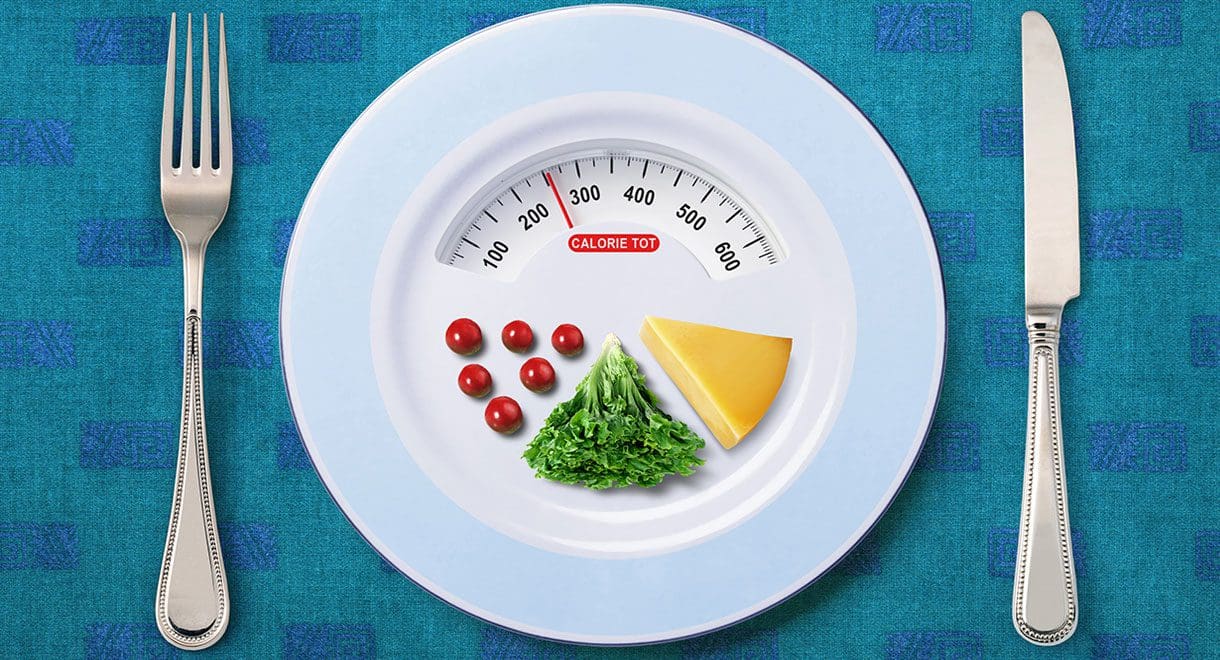Introduction
Losing weight can feel like an uphill battle. With so much confusing and conflicting advice out there on the best diets and exercise plans, it’s no wonder many become discouraged and frustrated when the pounds just won’t seem to come off.
But what if I told you that there’s one simple and effective weight loss strategy that cuts through all the noise? Counting calories.
Tracking your calorie intake consistently and accurately can be the key to finally shedding those stubborn pounds for good. By creating an ongoing daily calorie deficit, you can tap into powerful fat burning.
In this comprehensive beginner’s guide, you’ll learn:
- Exactly how calorie counting leads to weight loss
- How to calculate your ideal daily calorie goal
- How to track calories with apps and tools
- Tips for accuracy in logging meals and snacks
- How to use calorie data to guide food choices
- Strategies for overcoming challenges and plateaus
- Maintaining weight loss success through calorie awareness
If you want to lose weight without gimmicks, counting calories is a proven way to take control of your diet, improve your eating habits, and achieve real results.
How Calorie Counting Helps You Lose Weight
At its core, weight loss boils down to a calorie deficit — you need to burn more calories than you consume. Counting calories helps create this deficit in a few key ways:
- Awareness of calorie intake. Many people underestimate how much they really eat in a day. Carefully logging calories makes you more mindful of portions, unnecessary snacks, liquid calories, etc.
- Tracking keeps you focused on your calorie budget. You’re less likely to mindlessly overeat without a record of what you’ve had.
- Guiding food and portion choices. Knowing calorie amounts allows you to construct meals and snacks to hit your target. You can balance higher and lower calorie foods.
- Objective measurement for trends. Apps generate calorie intake reports so you can spot patterns and adjust as needed. Plateaus or slip-ups become data to learn from.
- Motivation through data. Seeing your deficit accumulate over days/weeks and weight trend down is powerful motivation to stick with calorie counting.
- Counting calories can become a lifestyle change, not just a short-term diet. Moderation and balance learned through tracking can help maintain weight loss.

Figuring Out Your Calorie Goal
First things first — you’ll need to establish your daily calorie target for weight loss. This requires calculating your Total Daily Energy Expenditure or TDEE — the total number of calories your body burns each day.
Your TDEE includes:
– Basal Metabolic Rate (BMR): What your body burns just to perform basic life-sustaining functions. This accounts for 60–70% of daily calories.
– Physical Activity: How many extra calories you burn by moving — workouts as well as general movement like walking, fidgeting, housework, etc. Makes up 20–35% of TDEE.
– Thermic Effect of Food (TEF): The energy it takes to digest what you eat, around 10% of total calories.
To calculate TDEE, you need to factor in your BMR plus activity level. Use an online TDEE calculator tool — they’ll ask for info like age, weight, height and activity level.
Once you have your TDEE, subtract 500 calories/day to lose about 1 lb per week or 1000 calories/day for 2 lbs per week weight loss. But don’t cut too severely — men shouldn’t consume less than 1500 calories/day and women need at least 1200/day for nutritional needs.
Choosing the Right Calorie Counting App
Now it’s time to select a calorie tracking app so you can start logging. Here are top choices:
MyFitnessPal — With the largest food database and huge user community, MyFitnessPal is incredibly popular. The free version includes barcode scanning and recipe builder. An upgrade provides more food data and goal customization.
Lose It — User-friendly design and comprehensive features like snap-and-track image recognition of foods. Set custom macros goals. The free version has limited food tracking while premium offers unlimited items and workout logging.
Cronometer — Focuses on nutrient data beyond just calories, so great for tracking vitamins, minerals, and macros. Create custom foods and recipes. Upgrade removes ads and unlocks gold database access.
When choosing an app, consider factors like ease of use, meal database size, macro tracking needs, social community for support, free vs paid versions, and integrations with wearable devices. Look for one that fits your personal preferences and weight loss style.
Logging Calories from Meals, Snacks and Beverages
Once you’ve installed your calorie counting app, it’s time to start tracking! Here are tips for logging with accuracy:
- Weigh foods or scan barcode labels when possible for portion sizes. Estimating makes it easy to undercount.
- Measure cooking oils, dressings, condiments, creamers and other easy-to-forget add-ons.
- Restaurant meals present a challenge. Research nutrition info online or try to find comparable meals in your app.
- Log everything — bites, tastes, small snacks all add up. Don’t cheat!
- Check entries against similar ones in app database to catch discrepancies. Lots of users means more data.
- Use cooking mode in your app to input recipes and divide into portions for easy, accurate tracking.
- Save frequent meals and foods you eat regularly as favorites — speeds up logging.
Putting Calorie Data to Work For You
Simply logging your calories is only half the battle — to achieve weight loss, you need to make that data actionable:
– Review your daily total vs goal regularly. Notice excessive days to guide cuts or find room for an occasional treat.
- Analyze your macro breakdown. Make sure protein is sufficient and carbs/fat balance is optimal.
- Check app graphs/trends over weeks and months. Spot slip-ups or patterns like frequent overeating at certain times or on certain days.
- Compare calories for menu or food options. Guide your choices toward lower calorie foods.
- Balance calories throughout the day — don’t save all for night. Skipping meals leads to overeating.
- Plan weekly grocery lists and daily menus around hitting calorie target and macro goals.
- Weigh yourself weekly under same circumstances; adjust food as needed based on rate of weight loss.
Winning with Calorie Counting: Overcoming Obstacles
Starting out, calorie counting takes effort and diligence. But as it becomes habit, logging and making good choices will feel automatic. Still, challenges will inevitably arise:
Plateaus — If the scale won’t budge, first re-evaluate your tracking accuracy. If confident in your deficit but still stalled, try upping activity, adjusting macro ratios, intermittent fasting, or just wait it out. The “whoosh” effect means weight may come off suddenly after plateau.
Dining out — Do research beforehand to choose low cal options. Opt for grilled proteins and fresh veggies. Ask for sauces and dressings on the side. Skip appetizers and dessert or share with someone.
Parties and holidays — Survey the spread in advance and decide where to splurge. Fill up on lower cal appetizers first. Stick to one plate of food and avoid mindless grazing.
Vacations — Look up restaurant nutrition data to guide choices. Offset indulgences by walking more. Consider intermittent fasting. Focus on food experience, then get back on track when home.
Over time, navigating occasions like these gets significantly easier. Your improved awareness means you can indulge smartly then reign it back in.
Sustaining Weight Loss Through Calorie Awareness
While fad diets promote quick results, they set you up for regain when normal eating resumes. That’s why calorie counting as an ongoing lifestyle change is key for long-term success.
Here’s how to make it stick:
- Transition from daily tracking to maintaining weight 2–3x per week. Monitoring less frequently helps sustain motivation.
- Gradually increase calories to maintenance level needed to sustain lower weight. Calculate this threshold using online TDEE calculator.
- Weigh-in weekly to ensure weight stays within 5 lb range; adjust calories if needed.
- Practice mindful eating habits — proper portions, slower eating, listening to hunger cues.
- Continue relying on calorie knowledge to guide food choices and meal planning.
- View occasional indulgences as permanent, not “cheating.” Get back on track next meal or day.
The skills and mindset acquired through calorie awareness will keep you on the path to lifetime weight management. No more yo-yo dieting!
Start Counting On Calorie Counting
If you’re looking to lose weight in a healthy, sustainable way that sets you up for long-term success, counting calories is a simple but powerful strategy. By tracking your intake accurately and consistently and letting the data guide your food choices and portions, you can create the essential calorie deficit for weight loss.
Choose a user-friendly tracking app, invest some time up.






